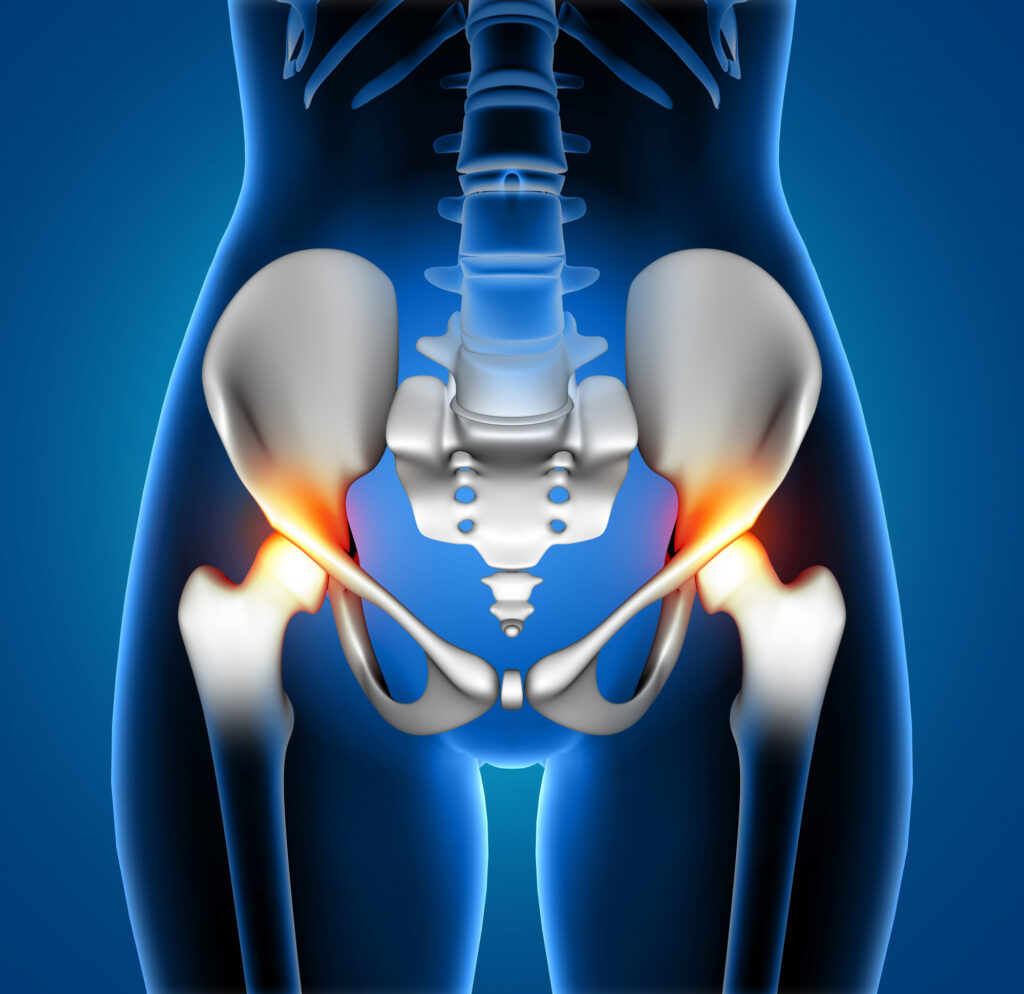Everything You Need to Know About Hip Replacement

Hip pain can be debilitating. Whether it stems from arthritis, injury, or age-related wear and tear, chronic hip discomfort limits your mobility, affects your sleep, and can seriously interfere with daily life. In such cases, conservative treatments like physiotherapy or medication may not be enough, leading many to consider hip replacement surgery in Faridabad a long-term solution for pain relief and restored mobility.
This blog explains what hip replacement involves, when it’s recommended, the types of procedures available, and what recovery looks like.
What Is Hip Replacement Surgery?
Hip replacement (also called total hip arthroplasty) is a surgical procedure in which a damaged hip joint is replaced with an artificial implant. The hip is a ball-and-socket joint, and the surgery replaces both parts—the ball (femoral head) and the socket (acetabulum)—with prosthetic components made of metal, ceramic, or high-grade plastic.
This procedure is highly effective in relieving pain, improving joint function, and helping patients return to an active lifestyle.
Who Needs Hip Replacement Surgery?
Hip replacement is typically recommended for individuals who experience:
- Severe Osteoarthritis or Rheumatoid Arthritis
- Hip Fractures or Post-Traumatic Arthritis
- Avascular Necrosis (loss of blood supply to the hip bone)
- Limited Mobility or Difficulty Walking
- Pain While Resting or Sleeping
- Poor Response to Non-Surgical Treatments (e.g., medication, injections, physical therapy)
If your hip pain is making it hard to walk, climb stairs, or get in and out of chairs—and if it’s no longer manageable with medications—it may be time to speak to an orthopedic surgeon.
Types of Hip Replacement Procedures
There are several surgical approaches depending on the patient’s condition and the surgeon’s recommendation:
1. Total Hip Replacement (THR):
Both the ball and socket are replaced. This is the most common and reliable procedure.
2. Partial Hip Replacement:
Only the ball portion of the joint is replaced. This is often used for specific fractures, especially in elderly patients.
3. Hip Resurfacing:
Instead of replacing the entire ball, the femoral head is trimmed and capped with a smooth metal covering. This is usually recommended for younger, more active patients.
4. Minimally Invasive Hip Replacement:
Uses smaller incisions, leading to faster recovery and less postoperative pain.
Each method has its pros and cons—factors like age, activity level, bone density, and overall health play a role in determining the right approach.
The Surgical Process: Step-by-Step
Here’s what patients can generally expect:
- Preoperative Assessment
Includes blood tests, X-rays, and discussions around allergies, medications, and other medical conditions. - Anesthesia
Can be general or spinal, depending on patient suitability. - Surgical Procedure
The surgeon makes an incision, removes damaged bone/cartilage, and inserts the artificial joint. - Closure and Recovery
The wound is stitched, bandaged, and followed by a monitored recovery process.
The entire procedure usually takes 1.5 to 2 hours, though hospital stays and recovery times vary.
Recovery Timeline: What to Expect
Recovery is gradual and varies by individual, but here’s a general timeline:
- First Few Days: Hospital stay with pain management, assisted walking, and physiotherapy initiation.
- First 6 Weeks: Walking with a walker or cane; physiotherapy continues.
- 6–12 Weeks: Return to light activities and driving (with surgeon approval).
- 3–6 Months: Most patients can resume low-impact sports and daily routines.
Full recovery can take up to a year, depending on age, activity level, and adherence to rehab protocols.
Risks and Complications
Like all surgeries, hip replacement carries some risks:
- Infection
- Blood clots
- Implant loosening or dislocation
- Nerve injury or leg length difference
However, with modern techniques, infection rates are low, and long-term success rates are high. Choosing an experienced orthopedic team helps minimize these risks.
Life After Hip Replacement
The vast majority of patients report dramatic pain relief and improved quality of life. You can:
- Walk longer distances without pain
- Sleep comfortably
- Return to yoga, swimming, or cycling (avoid high-impact sports)
- Regain independence in daily activities
However, it’s important to avoid high-impact activities that may wear down the implant, like running or jumping.
Most hip implants last 15–20 years or longer, depending on use and lifestyle.
Choosing the Right Hospital and Surgeon
If you’re considering hip replacement, make sure the hospital has:
- A dedicated orthopedic department
- Modern operating theatre facilities
- Experienced joint replacement surgeons
- Pre- and post-operative rehabilitation services
- Transparent pricing and recovery planning
Ask for testimonials, surgeon experience, and infection control protocols during your consultation. Also, ensure your surgeon discusses implant options and materials that best suit your age and lifestyle.
Conclusion
Whether you’re managing chronic arthritis or recovering from a serious hip injury, hip replacement surgery in Faridabad offers new hope for a pain-free, mobile future. The key lies in early diagnosis, choosing the right surgeon, and staying committed to post-surgery rehabilitation.
A well-timed hip replacement can restore your freedom to move—and most importantly, your confidence to live fully again.


